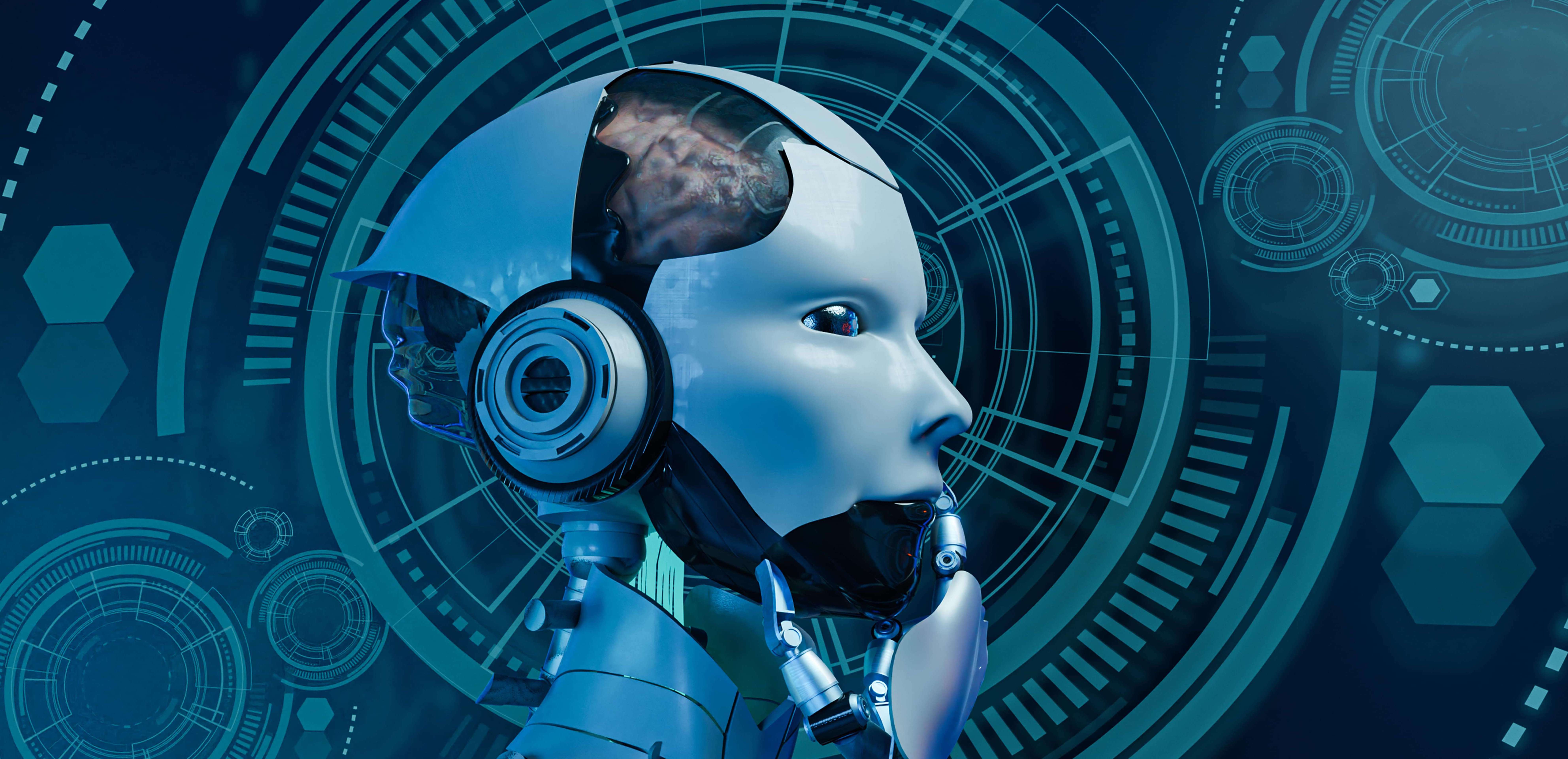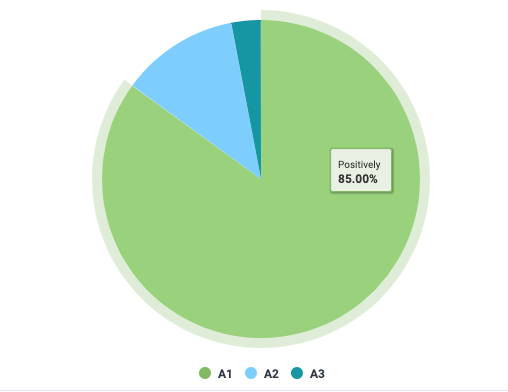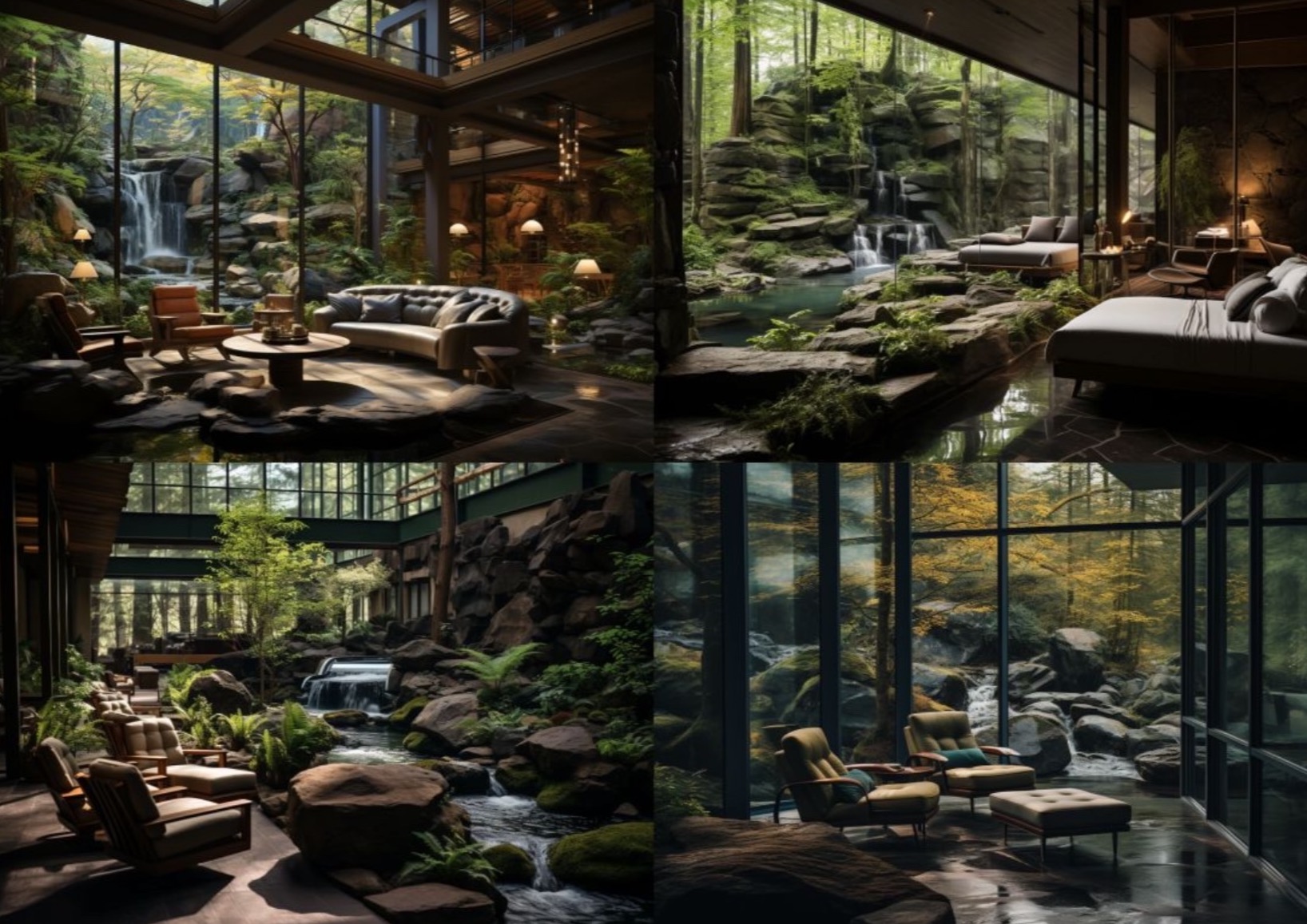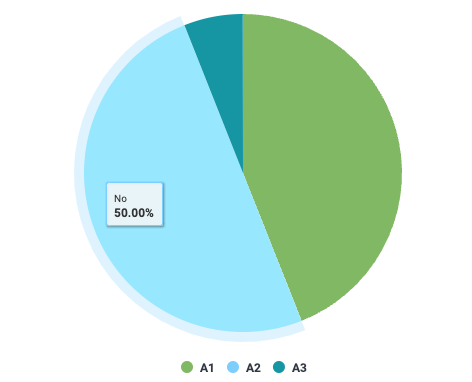
A wider audience gained access to powerful AI tools in 2022, such as Stable Diffusion, MidJourney, and DALL-E 2, which can produce text-to-images, and OpenGPT, the first human-like chatbot. The interior design industry is like no other, it stands on the brink of a technological revolution, with artificial intelligence (AI) emerging as a powerful force driving change.

As our recent survey indicates, a resounding 85% of professionals believe that AI has positively impacted the interior design landscape, signaling a transformative era for the industry. Nevertheless, AI falls short when it comes to replacing the role of a creative individual. Or not yet.
It is even possible for AI to optimize new processes by identifying patterns that are unknown to us. Nevertheless, AI’s potential to enhance customer satisfaction is agreed in the survey, where 49% of respondents believe AI can simplify and streamline the material and design selection process leveraging its analytical capabilities to cater to diverse design preferences efficiently. Ultimately, will AI technologies replace good interior designers?
Generated by MidJourney, Text command: Nature, bring the forest indoors, relaxing and No mosquitoes.
“Like all change there are 3 aspects we confront; The known, The known unknown, and The unknown unknown, Each bring both opportunities and risks. But only the third either great joy or horror” – Martin Axe, Executive Director
According to a survey, 46% of people anticipated AI’s will increase employment opportunities within the industry. This suggests a complex landscape where the integration of AI may reshape roles and responsibilities within design firms. Despite AI’s ability to automate a lot of design processes, it cannot replace human designers entirely (50%).  To have (or develop) the “human touch” or capability of reasoning, AI requires our emotion. However, 44% express apprehensions about potential job displacement, highlighting the need for ongoing dialogue and strategic planning to ensure a harmonious integration of AI within the industry.
To have (or develop) the “human touch” or capability of reasoning, AI requires our emotion. However, 44% express apprehensions about potential job displacement, highlighting the need for ongoing dialogue and strategic planning to ensure a harmonious integration of AI within the industry.
“In the battle between computers and creativity, we may not win. Our job is to adapt, and become editors. It won’t kill us, but it will change us” – David Pipkin, AIA, LEED AP, Executive Director
Looking beyond 2024, the industry is poised for enhanced efficiency through automation and smart technology (37%), fostering smarter and adaptive designs tailored to individual needs (35%). Anticipated developments include the emergence of more sophisticated tools and technologies (15%) and greater accessibility to knowledge and skills through technology (8%), with a notable focus on sustainability and green design (5%).
“The technology won’t stop people from being creative, rather, it will help them be more creative.” – Edward Pang, Managing Director, Group Director
“While I personally opt for a hands-on approach, valuing the creative process of building from scratch, I encourage embracing AI as a tool for advancement” – Ricky Ching, Environmental Graphic Design Director
The interior design realm is undergoing a transformative shift propelled by advancing AI technologies, marking the industry’s entrance into a technological renaissance. As Interior Design’s future is intertwined with societal dynamics, its narrative is not predetermined but rather influenced by present-day choices. Embracing these evolving dynamics holds the potential not only to augment efficiency and creativity but also to redefine the roles and opportunities awaiting interior designers in the forthcoming years.